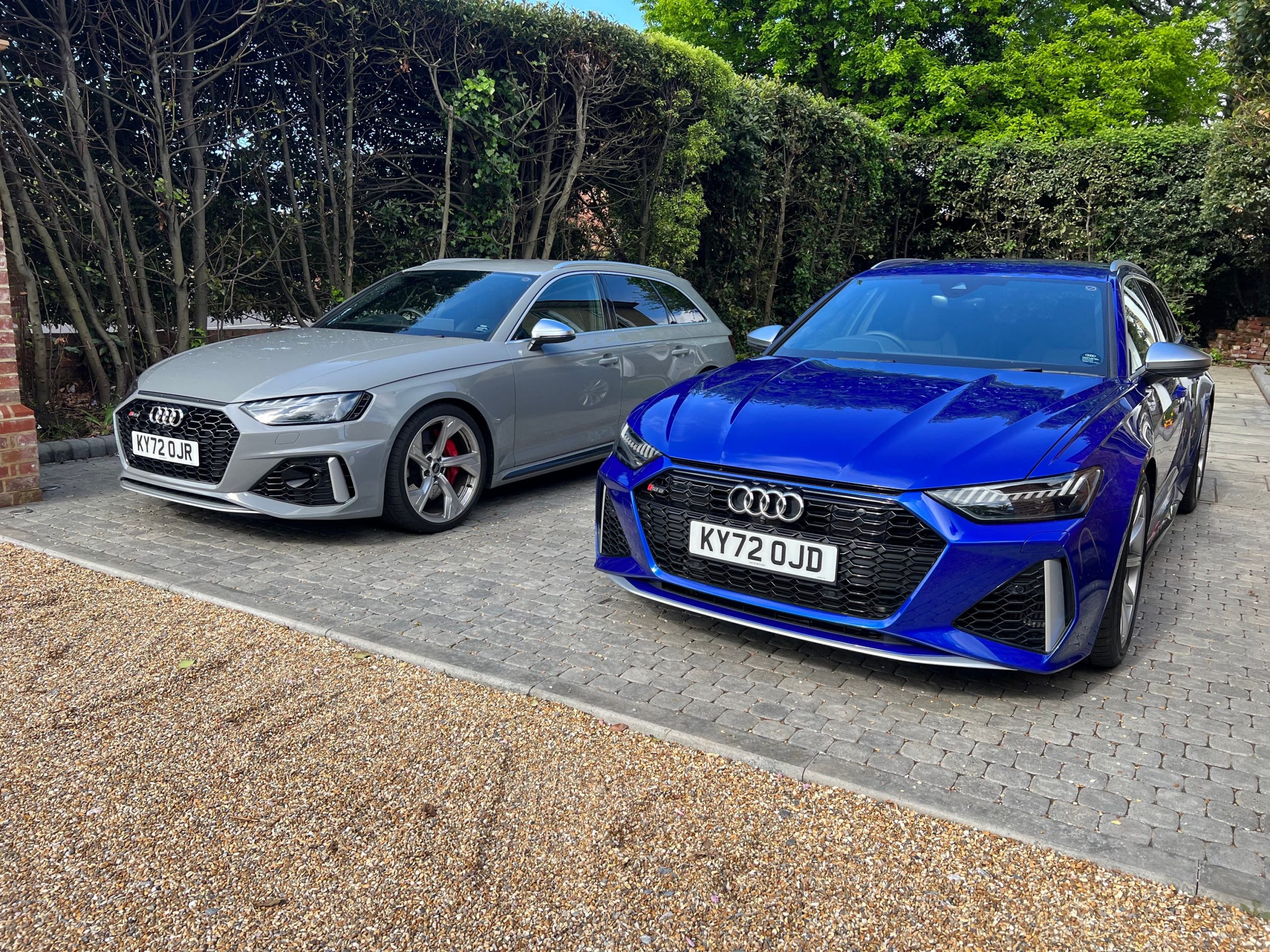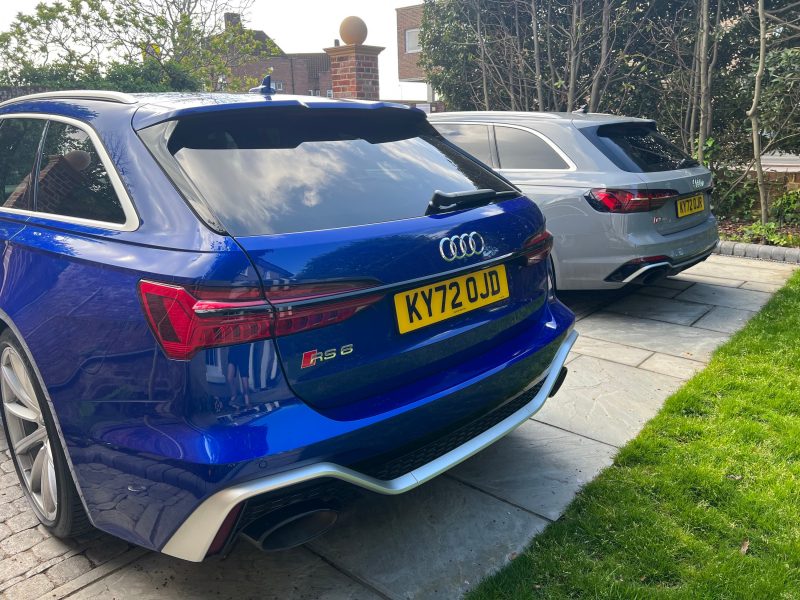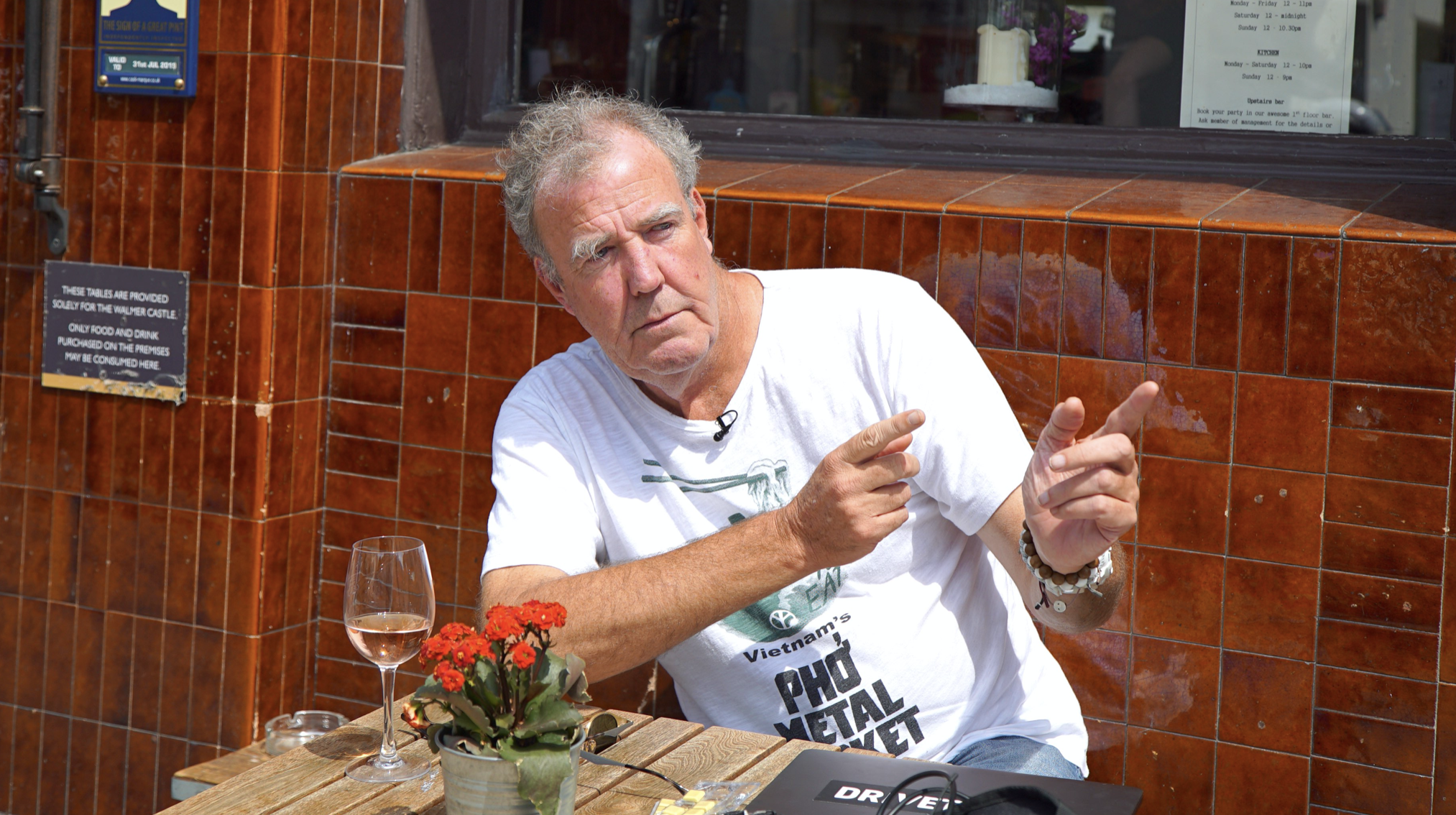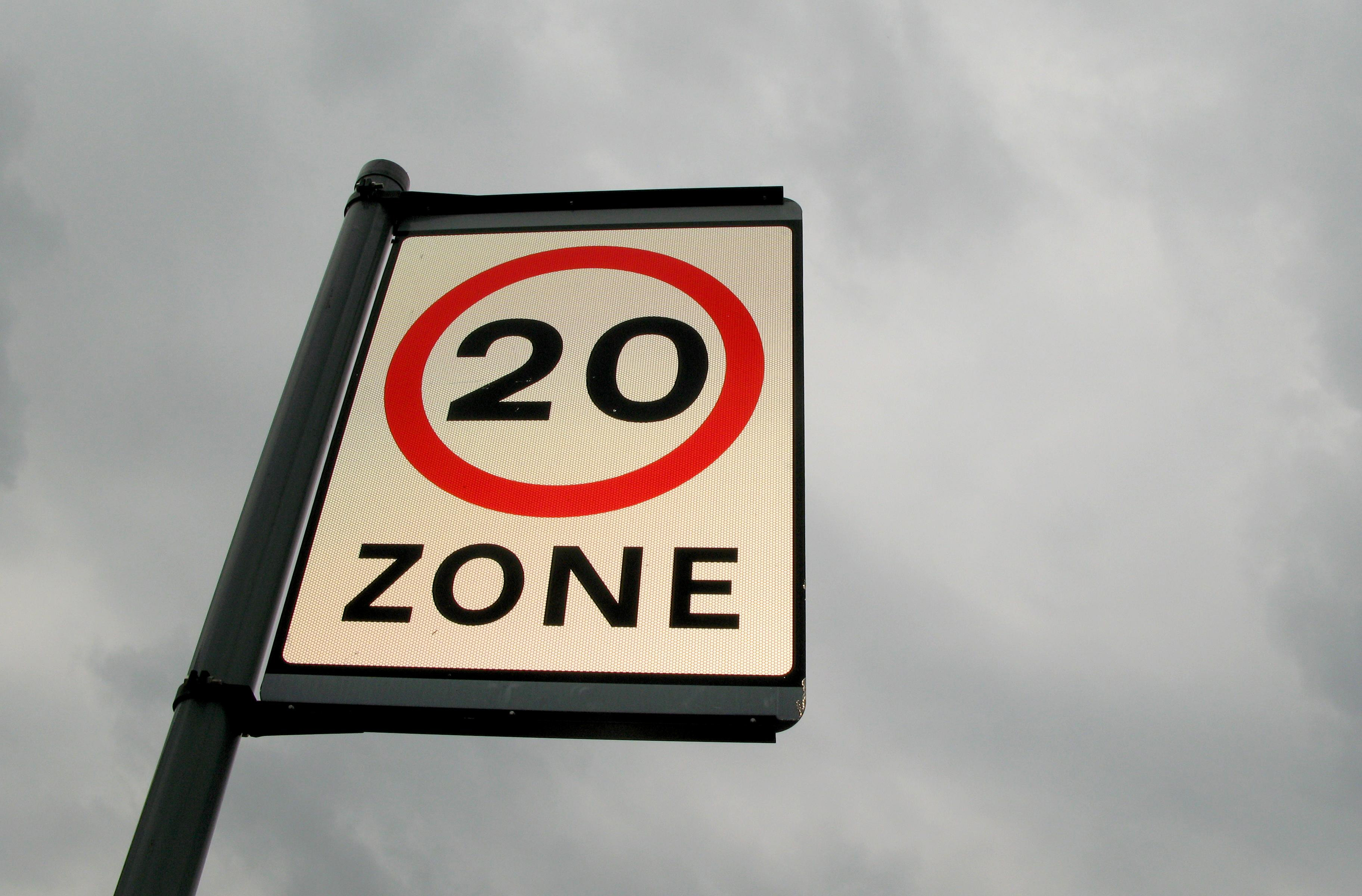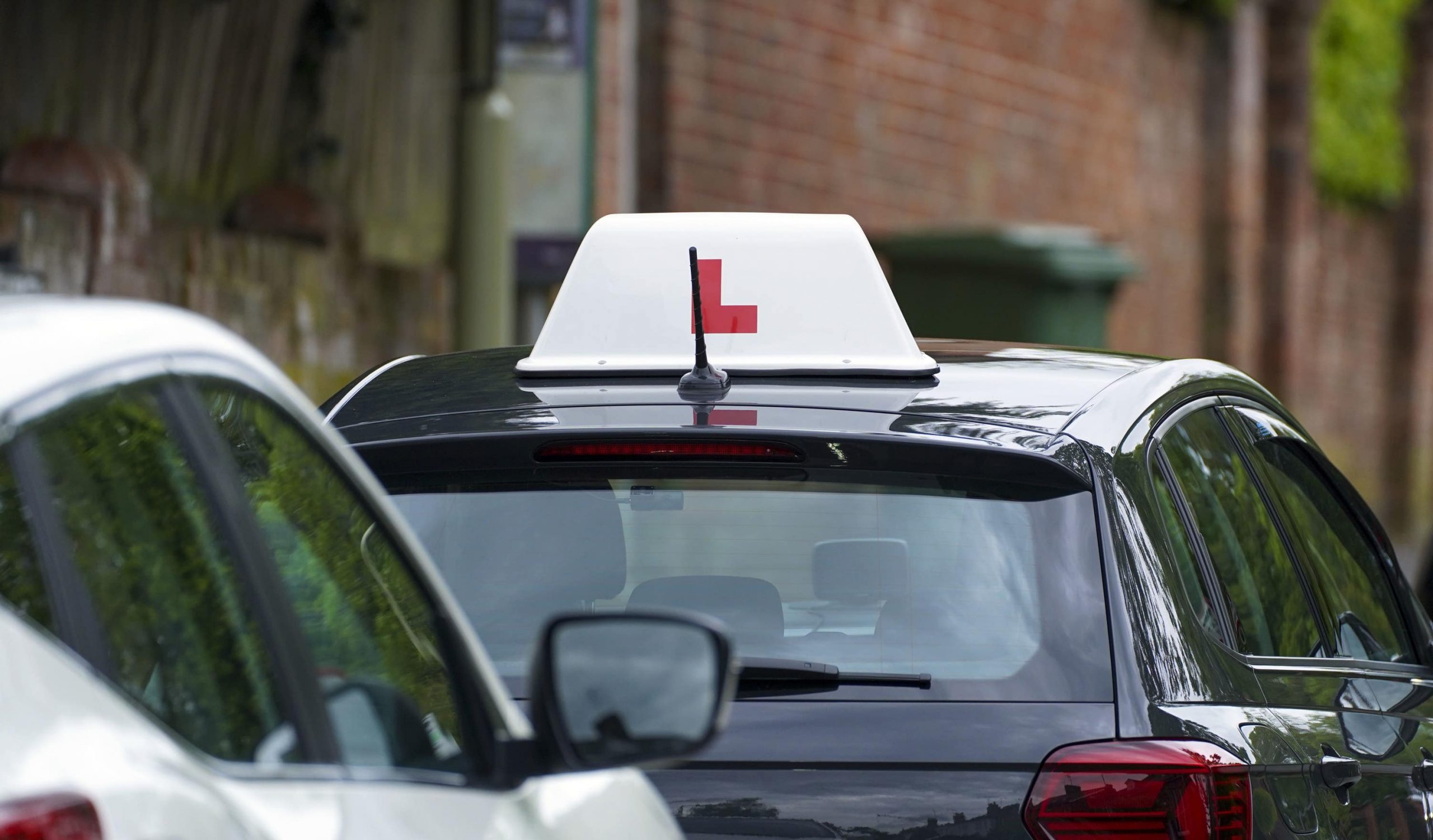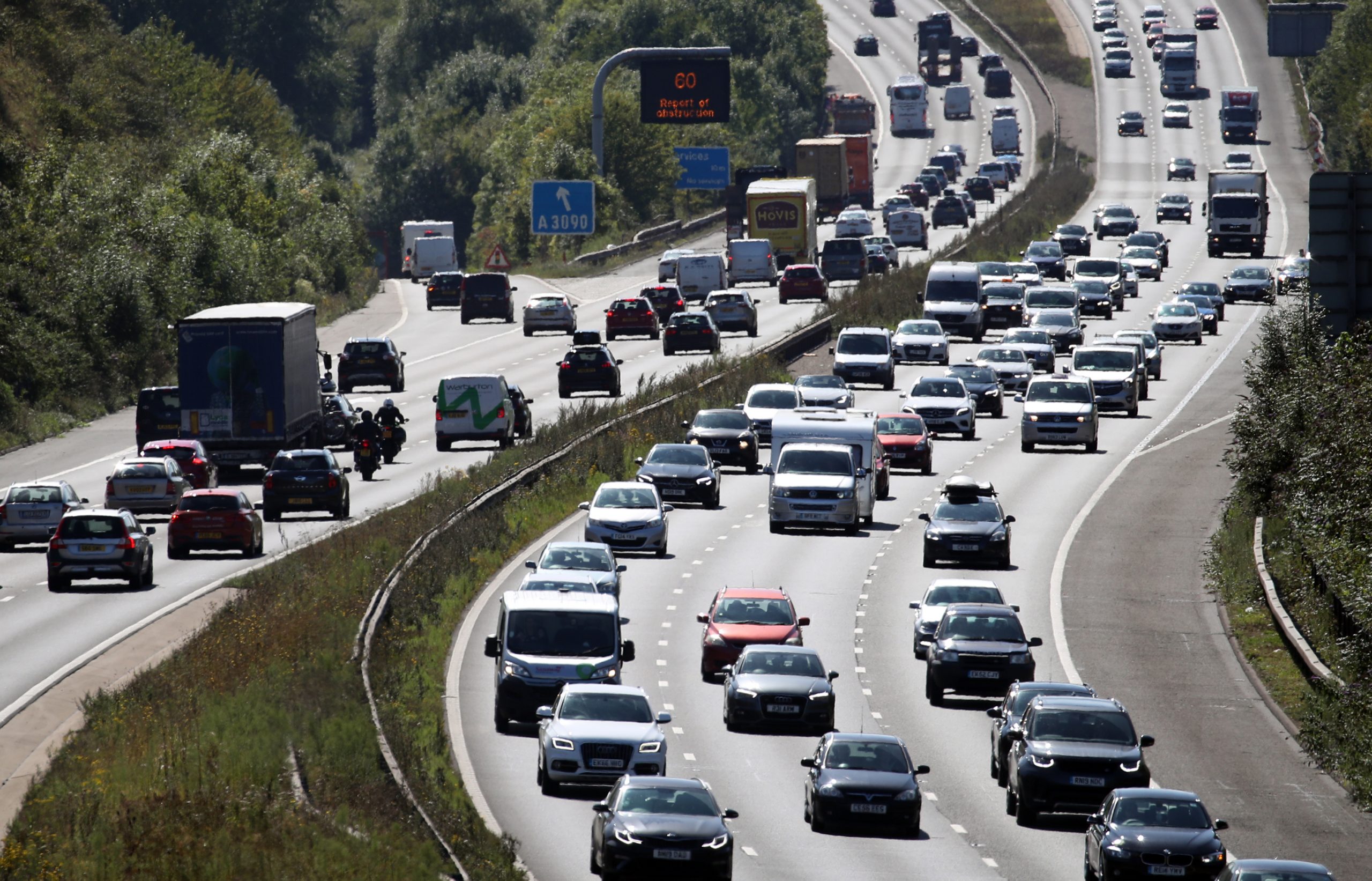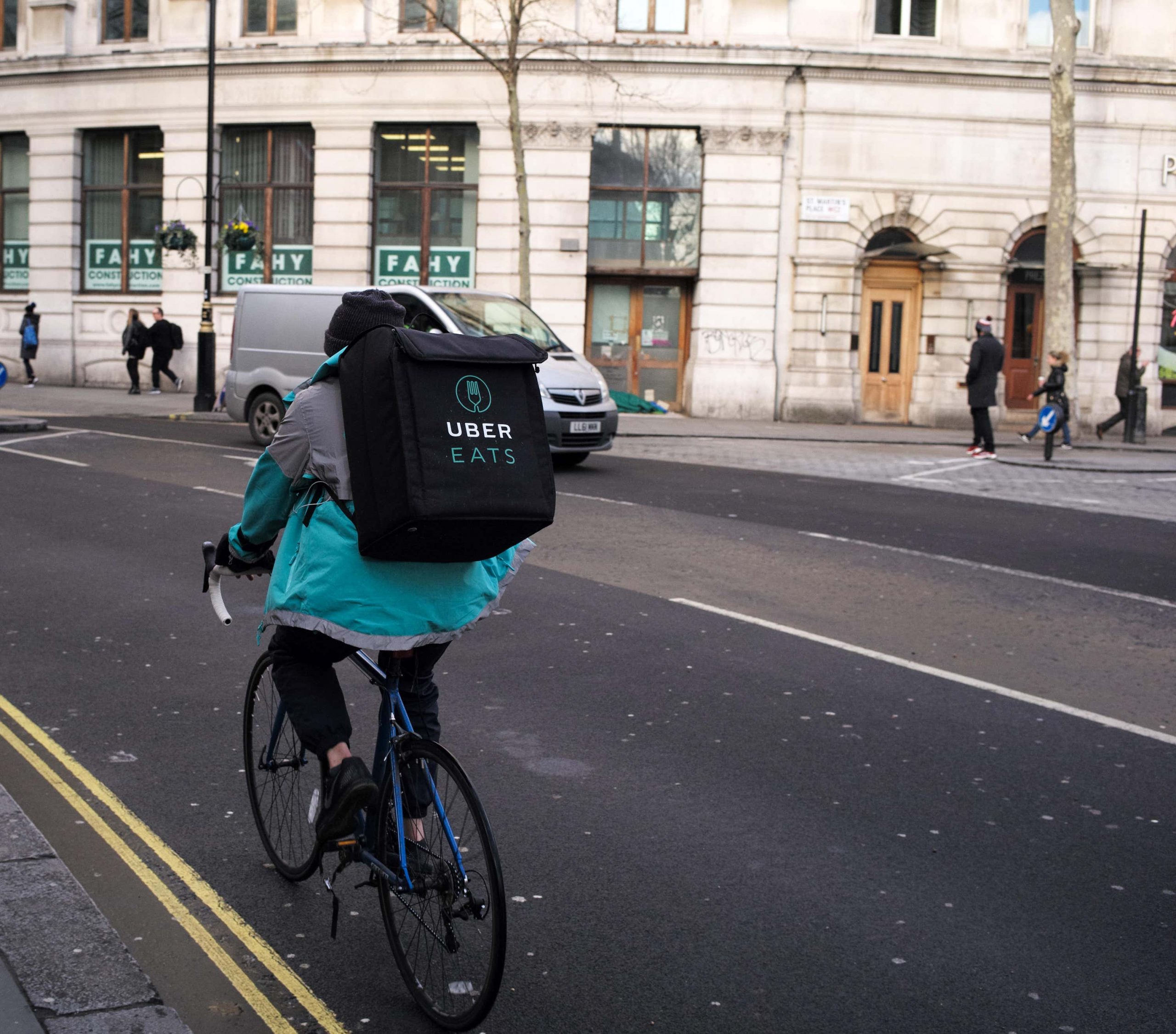A record £2.4 billion was paid out in motor claims in the first quarter of this year as firms find surging costs increasingly challenging to absorb, according to the Association of British Insurers (ABI).
More expensive vehicle repairs, rising second-hand car costs and longer repair times are among the challenges faced by insurers, although there are some signs that cost pressures from whiplash-related claims are easing.
The new quarterly total marked a 14% increase compared with the same quarter in 2022 as well as being the highest quarterly payout since the ABI started collecting data in 2013.
The latest figure, covering January 1 to March 31 2023, includes motor insurance claims for theft, vehicle repairs, replacement vehicles and personal injury.
The overall number of claims settled, at 599,000, was also up by 14% compared with the same quarter in 2022.
The cost of vehicle repairs jumped by a third (33%) annually to reach £1.5 billion in the first quarter of this year, which was also the highest figure since the ABI started collecting the data in 2013.
This reflects rising costs, including energy inflation, and more expensive repairs, the association said.
Costs associated with providing replacement cars have also increased, reflecting longer repair times, the ABI said.
Payouts for vehicle theft, at £152 million, have increased by 29% since the first quarter of 2022, partly reflecting increases in second-hand car prices, it added.
Insurers paid out £642 million on personal injury claims in the first quarter of 2023, which was 11% down compared with the same quarter in 2022.
Early indications are that the whiplash reforms introduced in 2021 to create a simplified, fairer, more efficient and cost-effective compensation system are having an impact, the ABI said.
Laura Hughes, the ABI’s manager, general insurance, said: “Motor insurers continue to deliver when motorists and personal injury claimants need them the most.
“Like most other business sectors, motor insurers face sustained cost pressures which they are finding increasingly challenging to absorb.
“Despite this they are doing all they can to ensure competitively priced motor insurance, as well as offering the best possible claims service.”
Earlier this week, insurance industry representatives appearing before the Treasury Committee pushed back at perceptions that firms are “profiteering” during the cost-of-living crisis.
During the hearing, Charlotte Clark, director of regulation at the ABI highlighted “significant cost pressures” including costs related to cars.
Cristina Nestares, chief executive of Admiral UK, told the hearing on Wednesday: “The average of when you pay the claim could be two years.
“First, because the accident can happen in the next 12 months, secondly because when the claim is paid depends on the complexity, if it’s a damage claim, windscreen or maybe if it’s a large bodily injury claim. So on average, it could take two years.”
She said two years of inflation “is what you actually need to apply to every policy. Actually you see that we’re not profiteering.”
Recent figures from the ABI showed that motorists typically paid £478 for private comprehensive cover in the first three months of 2023, which was a 16% increase compared with the first quarter of 2022 and the highest figure recorded since premiums cost £483 on average in the final quarter of 2019.


